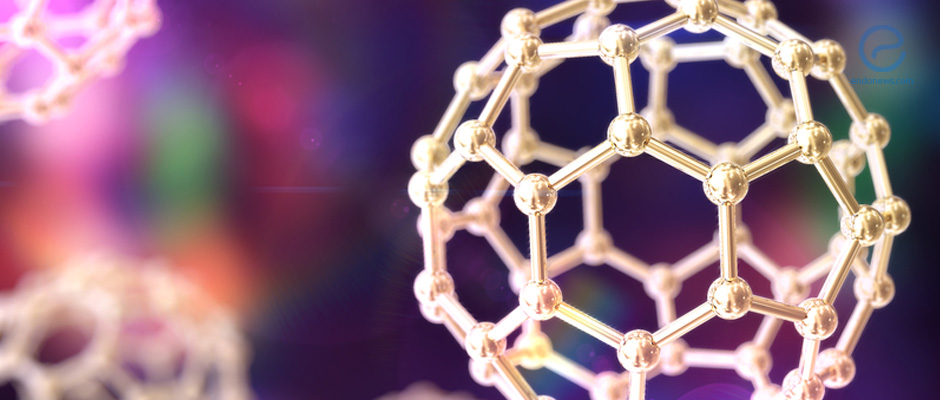Comprehensive review on the drug delivery options being used for endometriosis and uterine fibroids.
Aug 31, 2017
What are the medications and delivery methods currently being used and developed for endometriosis and uterine fibroids?
Key Points
Highlights:
- Traditional and newly developed delivery options may offer symptom relief for some women with endometriosis and uterine fibroids.
Importance:
- Both endometriosis and uterine fibroids (uterine leiomyomas) contribute to infertility, chronic pain, and dysmenorrhea across the world.
- Drug delivery methods ranging from contraceptives to biochemical systems based on nanotechnology are currently being used and developed.
- Specifically, long-acting implantable contraceptives that release selective progesterone receptor modulators (SPRMs), androgens, aromatase inhibitors, gonadotropin-releasing hormone (GnRH) agonists, and immunomodulators are potential options. Contraceptive delivery systems that may be used to treat endometriosis include intravaginal rings, transdermal patches, intrauterine systems, long-acting implants.
Key Results:
- Intravaginal rings, transdermal patches, intrauterine systems, long-acting implants, and injectable medications are some delivery methods used to treat endometriosis and uterine fibroids.
- Intravaginal rings and transdermal patches usually lessen symptoms of pain but do not offer bleeding control.
- Nanoparticle technology is also being used to deliver drugs such as matrix metalloproteinases (MMPs) and immunomodulators against the progression of endometriotic lesions.
- Uterine fibroids can be treated surgically by either a hysterectomy or myomectomy.
- For women who do not experience heavy menstrual bleeding, low-dose estrogen, progesterone, or both have been used for uterine fibroids.
What’s done here?
- This review article highlights recent and past drug delivery treatment options for women with endometriosis and uterine fibroids.
Limitations:
- This article offers a brief review of the current treatments being developed and used. Due to the sheer amount of treatment options available for these diseases, patients should consult their gynecologists and discuss these treatment and delivery options for a case-by-case optimized treatment plan.
Lay Summary
Both endometriosis and uterine fibroids (uterine leiomyomas) contribute to infertility, chronic pain, and dysmenorrhea across the world. Thus, drug delivery methods ranging from contraceptives to biochemical systems based on nanotechnology are currently being used and developed. Specifically, long-acting implantable contraceptives that release selective progesterone receptor modulators (SPRMs), androgens, aromatase inhibitors, gonadotropin-releasing hormone (GnRH) agonists, and immunomodulators are potential options.
The recently published review article in the journal Drug Delivery and Translational Research, entitled "Drug delivery for the treatment of endometriosis and uterine fibroids" discusses these systems. Delivery systems for contraceptive use that are also used to treat endometriosis include intravaginal rings, transdermal patches, intrauterine systems, long-acting implants, and injectable medications. Intravaginal rings and transdermal patches usually deliver the same estrogen but a different progestin. Both options offered some pain relief especially for women with rectovaginal lesions but did not provide bleeding control. GnRH-agonists like leuprolide can be used as an implantable or injectable treatment option to treat pain associated with endometriosis. SPRMs like mifepristone have shown benefit in treating endometriosis for short-term relief but are still being investigated and optimized for long-term use. Newer treatment options that are still being developed include nanoparticles, immunomodulators, and anti-angiogenesis drugs. Nanoparticle technology is being used to deliver drugs such as matrix metalloproteinases (MMPs) to reduce oxidative stress associated with endometriosis. Immunomodulators can also be delivered through nanoparticles to stimulate immune cells to slow down the progression of endometriotic lesions. Anti-angiogenesis drugs like endostatin are being used to inhibit the growth of endometriotic lesions with some success.
Women with uterine fibroids may experience heavy menstrual bleeding that can result in anemia, bowel and bladder dysfunction, painful menses, infertility, miscarriages, and pelvic pain. These fibroids can be treated surgically by either a hysterectomy or myomectomy. Unlike hysterectomy, myomectomy is fertility-sparing and thus recommended for women of childbearing age. Pharmacologic treatments for uterine fibroids are similar to those treated for endometriosis, including oral contraceptives, nonsteroidal anti-inflammatory drugs, and GnRH agonists. Drug delivery systems for uterine fibroids are like those used for endometriosis. As mentioned above, intravaginal rings are also employed in the setting of uterine fibroids to control pain symptoms. For women who do not experience heavy menstrual bleeding, low-dose estrogen, progesterone, or both have been used. Arterial embolization using embolic agents that block blood supply to the uterine body have also been studied. SPRMs such as raloxifene have also been studied with varying delivery systems but are still being developed for widespread use.
"The gap between current preclinical evidence and demonstration of clinical efficacy and safety of these formulations is substantial. It is more likely that for the foreseeable future, more traditional drug delivery systems utilizing older drugs will lead to improvements in the treatment of these two conditions. It is also hoped the that both these conditions are the focus of increased attention on the part of the medical community due to the large numbers of women who suffer from them" concluded researcher.
Research Source: https://www.ncbi.nlm.nih.gov/pubmed/28828592
endometriosis uterine fibroids pain drugs delivery methods.

